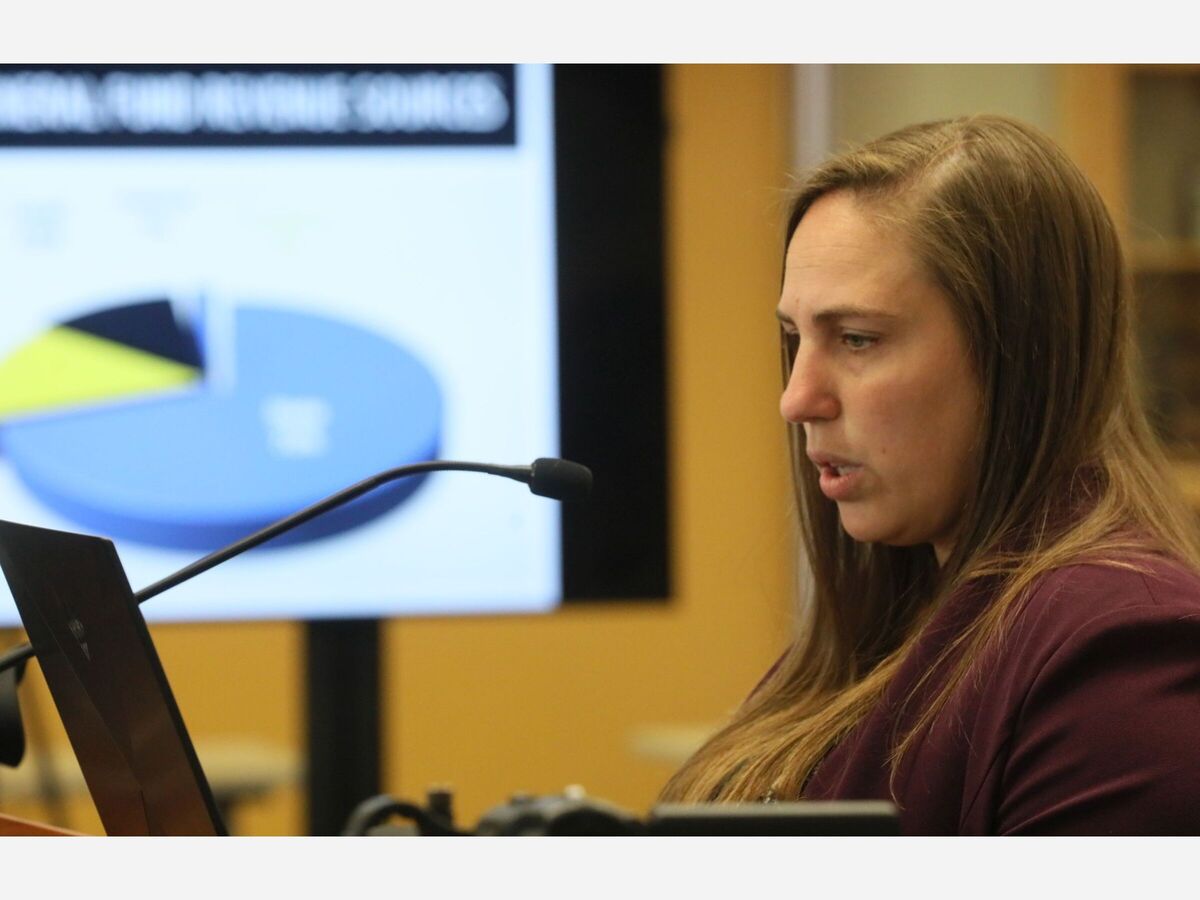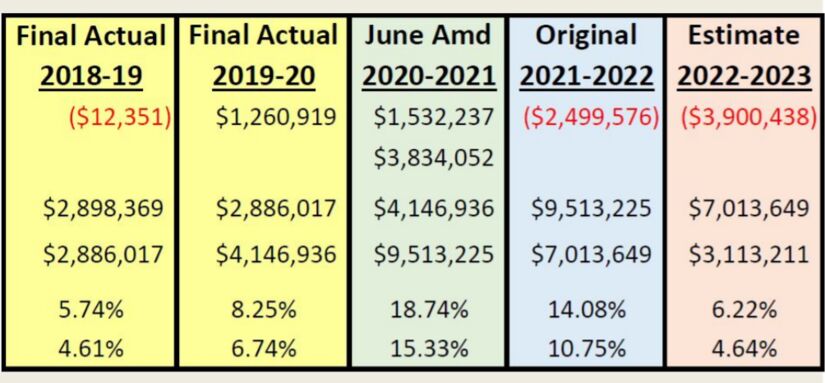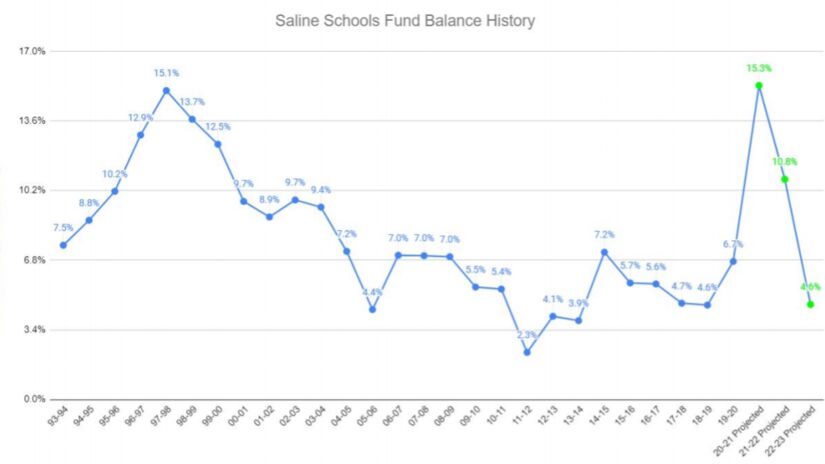Image


When the pandemic struck, Saline Area Schools officials feared a financial armageddon. Instead, the district's rainy day fund is larger than it's ever been.
Assistant Superintendent for Finance Miranda Owsley told the board Tuesday that cost-cutting measures helped the district finish the year $1.5 million in the black.
"There was a lot of talk about cutting things on the state side and that we were going to have to deal with things, so we pivoted very quickly to re-evaluate our purchases. Some of those expenditures we walked away from," Owsley said.
The $1.5 million doesn't include $3.8 million in COVID-19 relief funding.
In all, the district is poised to finish the year with $67.4 million in general fund revenue against $62 million in general fund spending on instructional programs, administration, central office, transportation, maintenance, athletics and technological support.

If the numbers hold, the fund balance will rise from $4.1 million to $9.5 million - or 15.3 percent of the general fund expenditures.
That's the largest fund balance on record, in dollars or by percentage, since at least 1993-94. The fund balanced dipped to 2.3 percent in 2011-12.

The district is being cautious with the padded rainy day fund, expecting that future spending might quickly eat away at the recent gains.
In fact, the conservative budget projections, including the 2021-22 budget adopted Tuesday, show a $2.5 million deficit this year and a $3.9 million deficit next year.
Owsley, however, said those projections were based on very conservative estimates.
There are reasons to be optimistic. Around COVID-19, attitudes are different this year, so the district is expecting students to return. The state, which funds most of the general fund, is flush with cash.
Still, the district is electing to budget cautiously.
"We don't know what the future brings. Things do look pretty good, but we want to be positioned well. The state revenue conference went really well, but we know that can swing in different ways and we've seen that in our history," Owsley said.
Noting this, Owsley excluded the one-time federal money from her presentation to the board. She also budgeted for 2021-22 using a few worst-case scenarios on the revenue and spending side.
The district is projecting a return to full staffing levels. At the same time, the district is only banking on an extra 100 new students this year after having 200 fewer than expected last year.
"I took worst-case scenarios and rolled them forward. At this point in time, it's largely a placeholder budget in which we are posed and read. We'd much rather see this than thinking things are rosy and then having things go worse," Owsley said.
Owsley said the district really won't have a clear picture until the November budget amendment.
Budget committee chair Dennis Valenti pointed to the projections for future deficits eating at the healthy fund balance over the next years and said that's why a healthy fund balance is important.
"It shows you how important it is to have a fund balance that can sustain you over (difficult times)," Valenti said, pointing to the financial challenges the district faced in 2011-12. "A health fund balance definitely gives us the luxury of having time to react."
The budget calls for $65.25 million in spending, more than $3 million more than spent in 2020-21. About half that increase is in the largest part of the budget under the "basic program," which will rise from $29.27 million to $30.7 million. Administrative costs are expected. Transportation costs are expected to rise by $330,000. Athletics spending is expected to rise by $135,000.
At the same time, the district is projecting that general fund revenue will fall from $63.6 million to $62.8 million.